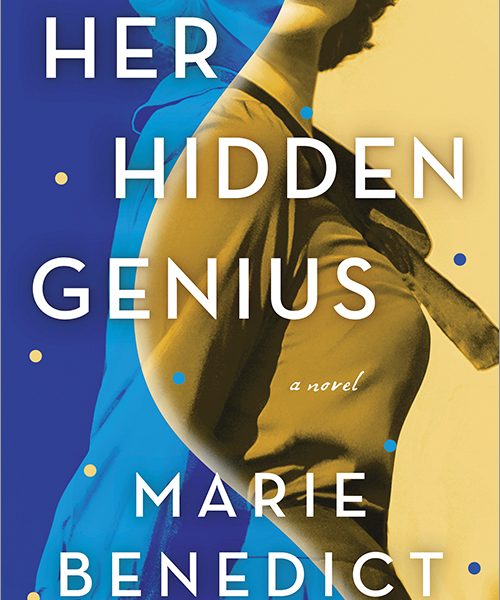Her Hidden Genius: A Chevron Ross Book Review

Though I am not a fan of historical fiction, I cannot help admiring a novelist who backs up her narration with painstaking research. In Her Hidden Genius, Marie Benedict pays tribute to a forgotten scientist whose work laid the foundations of DNA research in post-War England.
From the mid-1940s to the late 1950s, Rosalind Franklin fought an uphill battle against misogyny, her father’s disapproval, and hard-headed colleagues. She used X-ray crystallography experiments to demonstrate that organic life is based on the now-famous double helix, two chains of chemical material that coil around each other. Overcoming the skepticism of researchers convinced that life is protein-based, Franklin exposed herself to dangerous radiation doses in order to prove her thesis.
Writing in first-person, Benedict depicts Franklin as gifted, opinionated, and sometimes combative. “You are caught up in an invisible competition with unknown challengers for the structure of DNA,” she rages at an adversary, “but you forget that this is a science, not a race.” Yet she is loyal to her small circle of friends and dutiful to her family.
The most astonishing element of this novel is the author’s ingenious combination of scientific jargon and human drama, so that the reader remains engaged even when the minutiae of biology are over his head – as they were in my case. We share Franklin’s indignation at the shabby treatment she receives from male researchers who at first scorn her efforts, then try to capitalize on the results for their own glorification.
One has to admire the commitment Marie Benedict has shown in honoring this unappreciated pioneer by immersing herself in scientific study. I cannot say enough nice things about this book, so I simply urge you to enjoy it at your earliest opportunity.
